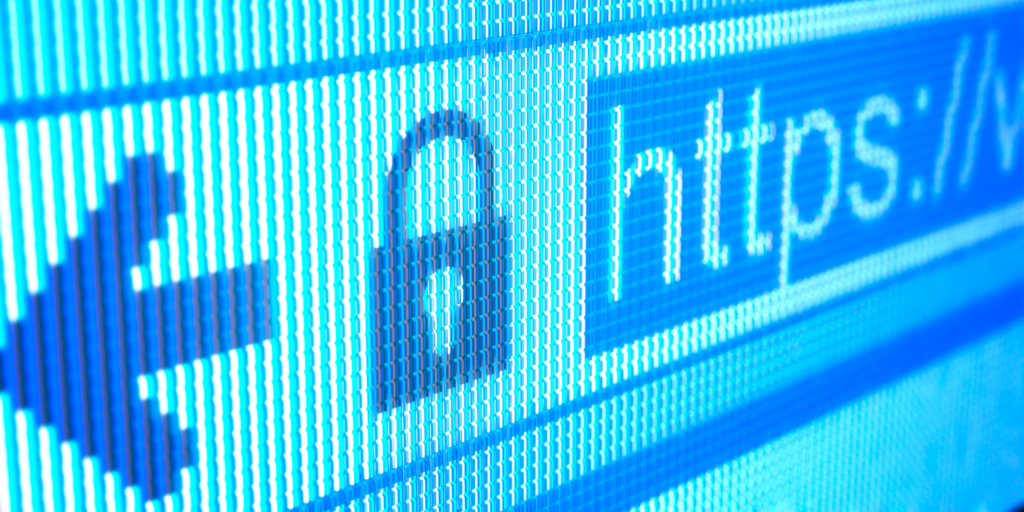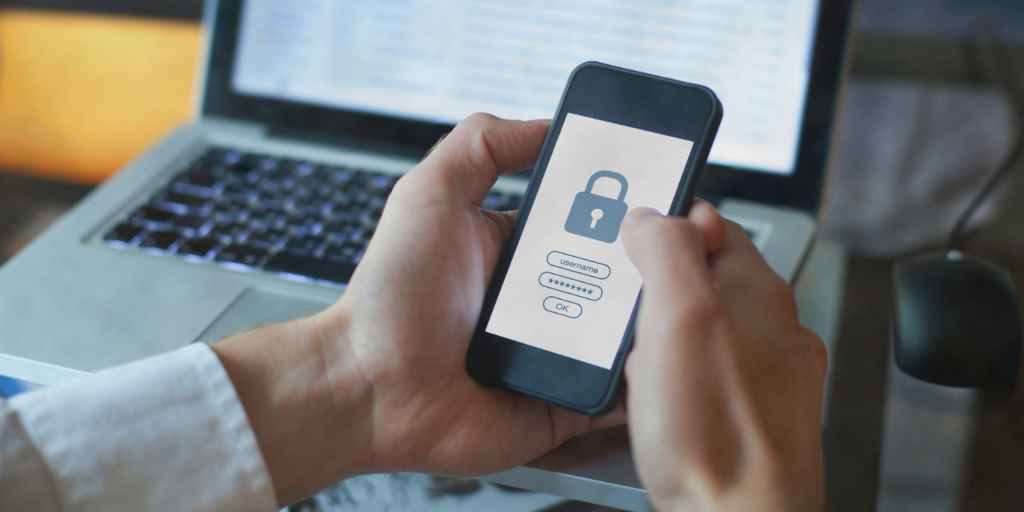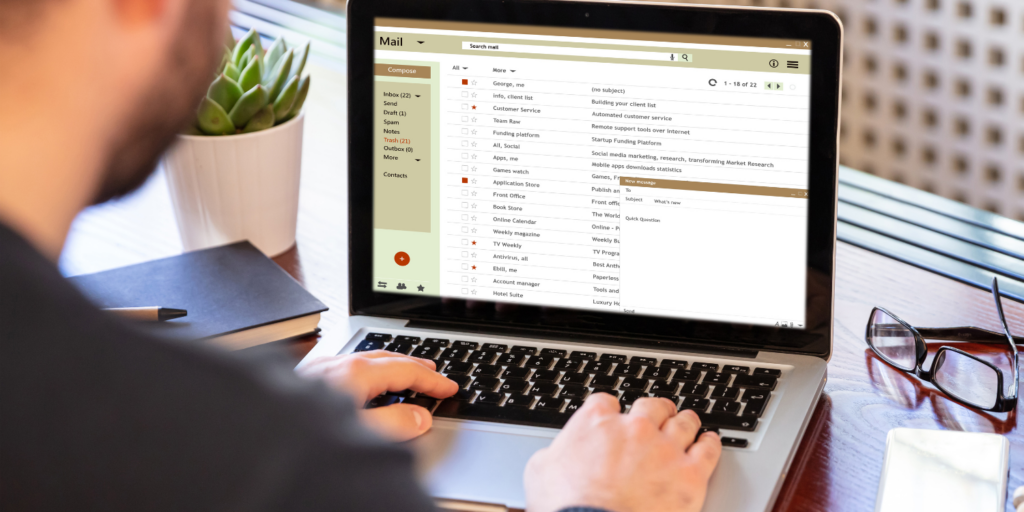Secure transactions are essential in today’s digital age, where online shopping, banking, and other financial activities have become commonplace. With the ever-present threat of cybercrime, it is crucial to ensure that your personal and financial information remains protected during transactions. This Macropay Scam Alert shares the best practices for secure transactions, whether you are paying online, making bank transfers, or receiving money internationally.

Use Trusted Websites and Apps
Using trusted websites and apps is a fundamental step in ensuring secure transactions. The internet is teeming with websites and applications, and not all of them prioritize user security. Shopping or transacting on untrusted platforms can expose your sensitive data to cybercriminals, leading to identity theft, financial fraud, or other forms of cybercrime. To avoid such risks, it is crucial to stick to reputable websites and apps that have a proven track record of prioritizing security.
According to the Cybersecurity Ventures 2021 Cybercrime Report, global cybercrime costs were expected to reach $6 trillion annually by 2021, and these numbers are projected to continue growing in the coming years. A significant portion of these cybercrimes involve data breaches and fraudulent activities that often originate from unsecured websites and apps. Such statistics highlight the real and widespread impact of cyber threats, emphasizing the need to use trusted platforms for secure online transactions.
By sticking to trusted websites and apps with robust security measures, users can significantly reduce the risk of falling victim to cybercrime. These platforms invest in advanced security technologies like SSL encryption, secure payment gateways, and regular security updates to safeguard their users’ data. Prioritizing security not only protects your personal and financial information but also contributes to building a more resilient and secure online ecosystem for everyone. Remember, it is always better to be cautious and opt for reputable websites and apps, even if it means spending a little more time researching and verifying their credibility. Your digital safety is worth the effort.
Keep Software Updated
Keeping software updated is a critical aspect of ensuring secure transactions and overall digital safety. Software updates, also known as patches or upgrades, are released by developers to address vulnerabilities and bugs identified in their applications, operating systems, and other software products. Cybercriminals often exploit these vulnerabilities to gain unauthorized access to devices or networks. By regularly updating your software, you stay ahead of potential threats and ensure that known security flaws are patched, reducing the risk of falling victim to cyber attacks.*
According to a study by the National Vulnerability Database (NVD), software vulnerabilities continue to increase each year. In 2021 alone, the NVD reported a record high of vulnerabilities, averaging more than 50 CVEs logged each day. Additionally, the 2021 Cybersecurity Almanac by Cybersecurity Ventures estimated that cybercrime would cost the world over $6 trillion annually by 2021, highlighting the severity of the threat landscape. Many of these attacks are preventable through timely software updates. A well-known example is the
WannaCry ransomware attack in 2017, which exploited a vulnerability in older versions of Microsoft Windows. The attack affected over 200,000 computers across 150 countries, causing massive financial losses and widespread disruption. This incident underscored the importance of keeping software up to date to prevent large-scale cybersecurity incidents.

Strong and Unique Passwords
Strong and unique passwords are the cornerstone of online security. Creating passwords that are difficult to guess and unique for each account significantly enhances protection against cyberattacks. According to a report by Verizon, 81% of data breaches in 2020 were caused by weak or reused passwords, emphasizing the critical role strong passwords play in safeguarding sensitive information.
To strengthen your passwords, use a combination of uppercase and lowercase letters, numbers, and special characters. Avoid using easily guessable information like birthdays, names, or common words, as cybercriminals often employ automated tools that can crack such passwords quickly.
Enable Two-Factor Authentication (2FA)
Enable Two-Factor Authentication (2FA) is a crucial step in enhancing the security of your online accounts. According to a report by Google, using 2FA can block up to 100% of automated bot attacks and 99% of bulk phishing attacks, significantly reducing the risk of unauthorized access to your accounts.
2FA adds an extra layer of protection by requiring a second form of verification, typically a unique one-time code sent to your mobile device, in addition to your regular password. Even if an attacker manages to obtain your password through phishing or other means, they would still need the second factor (the one-time code) to gain access to your account. This makes it exponentially more challenging for cybercriminals to compromise your accounts, making 2FA an essential safeguard against unauthorized intrusion.
Avoid Public Wi-Fi for Sensitive Transactions
Using public Wi-Fi for sensitive transactions can expose you to significant security risks. Public Wi-Fi networks found in coffee shops, airports, hotels, and other public places are often unsecured or use weak encryption, making it easier for cybercriminals to intercept data transmitted over these networks. According to a study conducted by Norton, a leading cybersecurity company, nearly 60% of consumers believe that their personal information is safe when using public Wi-Fi, but the reality is quite different. Cybercriminals can easily set up rogue Wi-Fi hotspots with names similar to legitimate networks, tricking users into connecting to them and compromising their data.
In 2019, the Federal Trade Commission (FTC) reported that public Wi-Fi was the third most common way for scammers to gain unauthorized access to consumers’ personal information. Once connected to a compromised public Wi-Fi network, attackers can eavesdrop on your online activities, capture login credentials, and potentially gain access to your sensitive financial information. They can use this data for various fraudulent purposes, such as identity theft, unauthorized transactions, or even selling your information on the dark web. Therefore, it is crucial to avoid using public Wi-Fi for sensitive transactions, such as online banking or shopping, and instead opt for more secure connections, such as your mobile data plan or a trusted personal Wi-Fi network.

Be Cautious with Email Links
Email links are one of the primary avenues used by cybercriminals to launch phishing attacks. Phishing emails are designed to deceive recipients into clicking on malicious links that lead to fraudulent websites. These websites often mimic legitimate ones, aiming to trick users into revealing sensitive information, such as login credentials, credit card numbers, or personal details. According to the 2021 Data Breach Investigations Report by Verizon, 36% of data breaches involved phishing attacks, emphasizing the severity of this threat.
To safeguard against such attacks, users must exercise extreme caution when dealing with email links. Never click on links from unknown or suspicious senders. Instead, hover your mouse over the link to reveal the actual URL without clicking. Scrutinize the link carefully to ensure it matches the website you expect to visit. Additionally, be wary of urgent or alarming messages that pressure you into taking immediate action, as these are common tactics used in phishing emails. If you receive an email from a legitimate organization requesting sensitive information or directing you to a website, it’s best to navigate to the site manually by typing the URL directly into your browser instead of relying on the link provided in the email.
Check for Secure Payment Methods
Checking for secure payment methods is a crucial step in ensuring safe transactions. With the rise of online shopping and digital payments, it is essential to use reputable and secure payment methods to protect sensitive financial information. Credit cards, for instance, offer an added layer of security through their fraud protection policies. In the event of unauthorized transactions, credit card users are generally not held liable for charges made by fraudsters. This protection can be especially reassuring when shopping on unfamiliar websites or with lesser-known merchants.
Digital wallets have also emerged as secure payment methods that offer an added layer of protection for users. Services like Apple Pay, Google Pay, and PayPal use tokenization, a process that replaces actual card details with a unique token during transactions. This means that even if the transaction data were to be intercepted, the token would be of no use to cybercriminals outside of that specific transaction.
A study by ACI Worldwide revealed that 50% of global consumers preferred using digital wallets for their payment needs. The adoption of digital wallets is steadily growing due to the convenience they offer and the increased security they provide by not requiring users to share their actual card information with merchants.
Regularly Monitor Your Accounts
Regularly monitoring your financial accounts is a crucial step in ensuring the security of your transactions and safeguarding against potential fraudulent activities. According to the 2021 Identity Fraud Study by Javelin Strategy & Research, identity fraud reached a record high in 2020. By frequently checking your bank statements, credit card transactions, and other financial accounts, you can quickly identify any unauthorized or suspicious activities. Early detection allows you to take prompt action and report any fraudulent charges to your bank or credit card issuer. Many financial institutions also offer mobile apps and online account access, making it easier for customers to review their transactions regularly. By doing so, you can spot any discrepancies and maintain better control over your financial information.
Furthermore, monitoring your accounts can help you identify any potential security breaches or weaknesses in your online activities. A survey conducted by the Pew Research Center in 2021 revealed that around 4 in 10 American adults have experienced some form of online harassment, including financial scams. By staying vigilant and regularly reviewing your accounts, you can detect suspicious patterns or login attempts that may indicate an attempted breach. Being proactive in checking your accounts also demonstrates a responsible approach to personal finance, fostering a habit of financial awareness and accountability. Ultimately, consistently monitoring your accounts is an effective practice that empowers individuals to take charge of their financial security and mitigate the risks associated with online transactions.

Macropay Scam Alert in Conclusion
Secure transactions are vital to protect your personal and financial information from cyber threats. By utilizing the information from this guide and implementing best practices for online security, you can minimize the risks associated with online transactions and enjoy a safer digital experience. Always stay vigilant and prioritize security whenever you engage in financial activities online.
Macropay is committed to assisting its clients and their customers in safeguarding against online scams and fraudulent schemes that are prevalent on the internet. For further insights, we encourage you to stay tuned to our Macropay Scam Alert series, where we provide valuable information and updates on potential threats, empowering individuals to make informed decisions and enhance their online security.